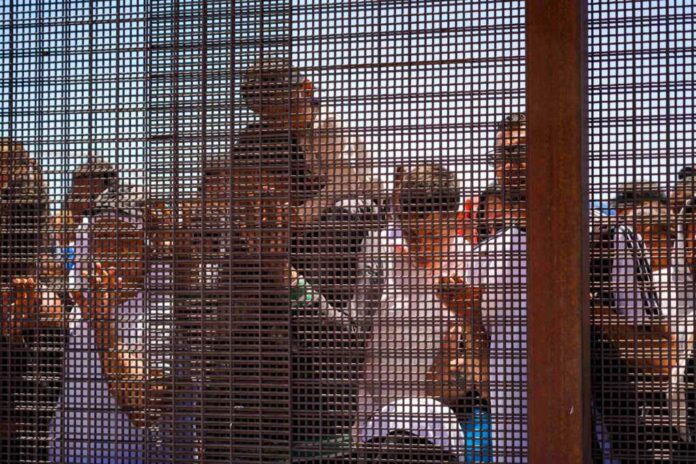
(TheProudRepublic.com) – In a pivotal development for border security in Texas, a federal appeals court has issued an injunction against the Department of Homeland Security, directing it to cease cutting holes in the state’s razor wire border fence, except in medical emergencies.
This decision represents a significant win for Texas Governor Greg Abbott and his efforts to bolster border security, particularly in light of what his administration perceives as a more lenient stance from President Biden’s administration.
The 5th U.S. Circuit Court of Appeals, comprising a three-judge panel, overturned a lower court’s ruling that had previously granted sovereign immunity to the federal government in this lawsuit. The appellate court’s decision, articulated by Judge Stuart Kyle Duncan, effectively upholds Texas’s argument that the Border Patrol’s actions in cutting the concertina wire infringe upon state property rights.
This injunction will remain in effect throughout the ongoing legal proceedings. Texas has installed 110 miles of razor wire along the Rio Grande to reinforce its border amidst an unprecedented influx of illegal immigrants. The state’s decision to sue followed instances where Border Patrol agents were found cutting through this wire.
The lower court’s decision last month had initially favored the U.S. government’s claim of sovereign immunity. However, Judge Alia Moses, appointed by President George W. Bush, critically evaluated the evidence and found numerous instances of wire cutting that did not align with emergencies. Notably, Judge Moses identified a specific incident where agents facilitated illegal crossing by cutting new holes in the wire and providing a climbing rope, despite the presence of a nearby hole and a Border Patrol boat in the vicinity.
Judge Duncan’s opinion in the appeals court underscored the lack of effective inspection or interdiction by agents in these scenarios. The court’s findings, including photos illustrating migrants crossing the river and entering through gaps in the fence, emphasize the tension between state and federal approaches to border security. This ruling marks a crucial moment in the ongoing debate over immigration policies and border management in the United States.














